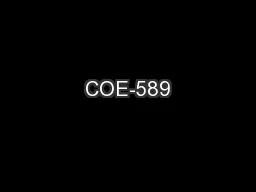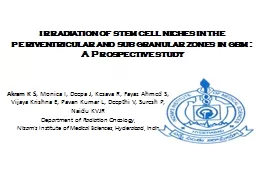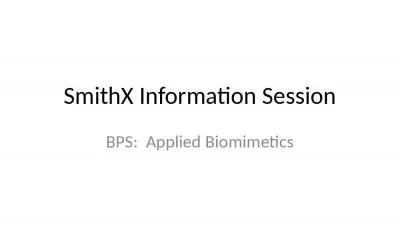PPT-Carving New Niches for Keystone:
Author : stefany-barnette | Published Date : 2019-02-03
Research in General Purpose DSP Computing at the University of South Carolina Jason D Bakos Konstantin Rubin Former students Fan Zhang PhD 2014 Yang Gao PhD 2014
Presentation Embed Code
Download Presentation
Download Presentation The PPT/PDF document "Carving New Niches for Keystone:" is the property of its rightful owner. Permission is granted to download and print the materials on this website for personal, non-commercial use only, and to display it on your personal computer provided you do not modify the materials and that you retain all copyright notices contained in the materials. By downloading content from our website, you accept the terms of this agreement.
Carving New Niches for Keystone:: Transcript
Download Rules Of Document
"Carving New Niches for Keystone:"The content belongs to its owner. You may download and print it for personal use, without modification, and keep all copyright notices. By downloading, you agree to these terms.
Related Documents














